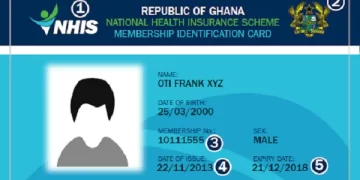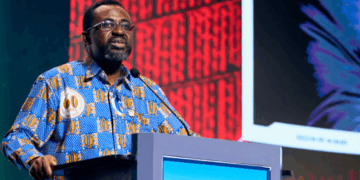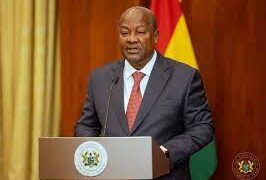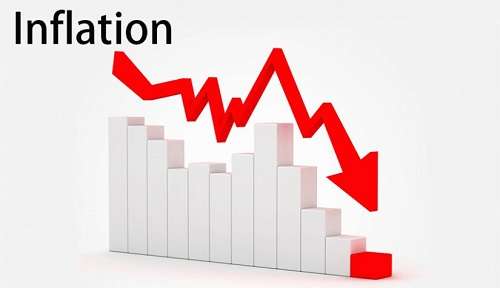Ghana’s inflation rate experienced a marginal decline in January 2025, dropping to 23.5 percent from the 23.8 percent recorded in December 2024, according to new data released by the Ghana Statistical Service (GSS).
While the slight decrease offers some relief, rising food prices continue to put pressure on household budgets and economic stability.
Announcing the latest figures at a press briefing in Accra on Monday, February 3, 2025, Government Statistician, Professor Samuel Kobina Annim, attributed the drop to a slowdown in non-food inflation, which fell from 20.3 percent in December to 19.2 percent in January.
However, food inflation saw an upward trend, increasing from 27.8 percent to 28.3 percent over the same period.
Food Inflation Remains a Concern
Despite the overall inflation dip, the persistent rise in food prices remains a major challenge for consumers.
Professor Annim pointed out that staple foods such as yams and fresh tomatoes recorded significant price hikes, with yam prices soaring by 72.9 percent year-on-year and fresh tomatoes increasing by 43.3 percent.
“In August 2024, food inflation was 19.1 percent, and we are now at 28.3 percent. This nearly 10 percentage point increase over six months underscores the continuous strain on household incomes,” Annim explained.
Read Also: Legal challenge filed against appointment of GRA boss
Analysts suggest that factors such as supply chain disruptions, seasonal shortages, and exchange rate fluctuations may be contributing to the persistent rise in food inflation.
Regional Disparities in Inflation Rates
Inflation trends varied across regions, with the Western Region recording the highest rate at 49.9 percent, while the Volta Region posted the lowest at 18.0 percent.
This variation underscores the uneven economic impact of inflation across the country, with some regions experiencing higher price surges than others.
Locally produced goods saw a decline in inflation, dropping from 26.4 percent in December 2024 to 25.7 percent in January 2025.
However, inflation for imported goods edged up from 17.9 percent to 18.4 percent, reflecting global trade dynamics and exchange rate volatility.
Policy Implications and Economic Outlook
The slight decline in inflation comes as Ghana transitions into new economic leadership under President John Mahama.
The announcement also coincides with the nomination of Johnson Asiamah to replace Ernest Addison as the Governor of the Bank of Ghana.
The central bank recently maintained its key interest rate at 27 percent, signaling a cautious approach to monetary policy amid ongoing economic pressures.
The Bank of Ghana expects inflationary pressures to ease as the government tightens fiscal policies to stabilize the economy.
Professor Annim emphasized the importance of data-driven policy interventions, noting that the Ghana Statistical Service is working closely with policymakers to monitor inflation trends and their broader economic impact.
“With accurate data, policymakers and financial institutions can implement measures to curb rising food prices and stabilize inflation. The Bank of Ghana does not rely solely on headline figures but also considers disaggregated data to inform policy decisions,” he stated.
As Ghana navigates economic uncertainties, the coming months will be crucial in determining whether inflationary pressures can be contained or if further measures will be required to address the rising cost of living.


























